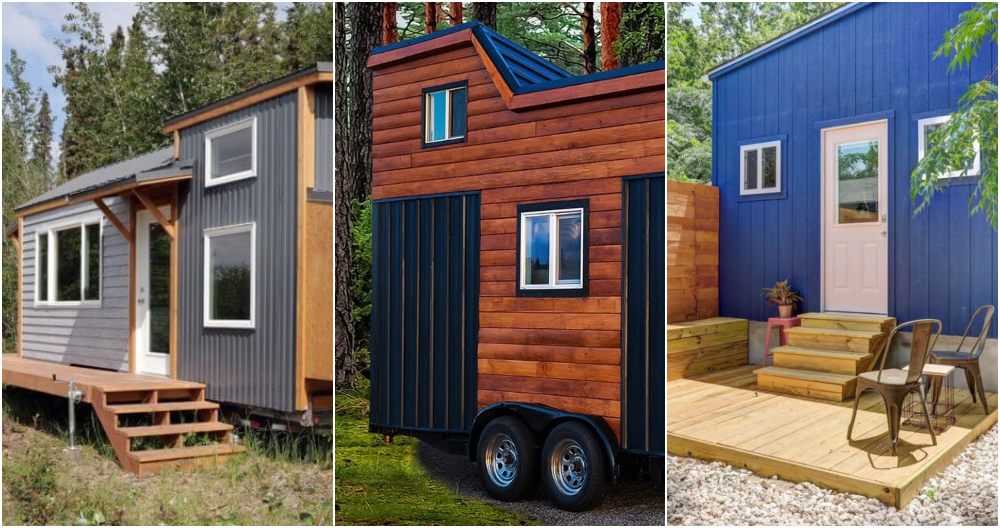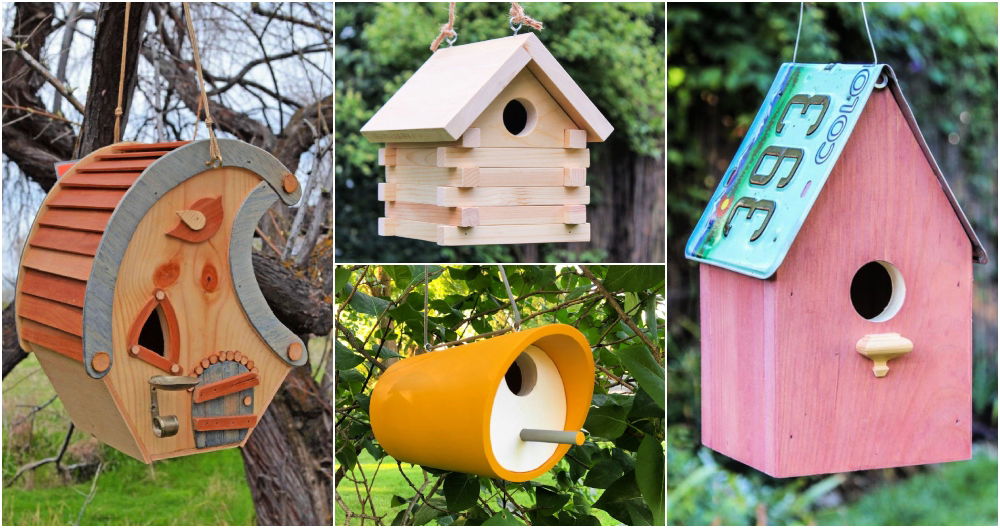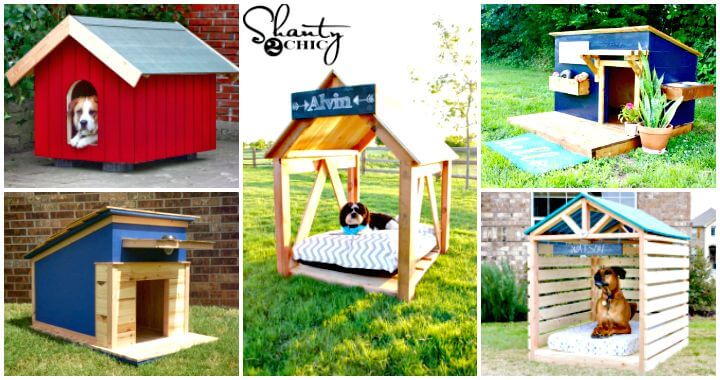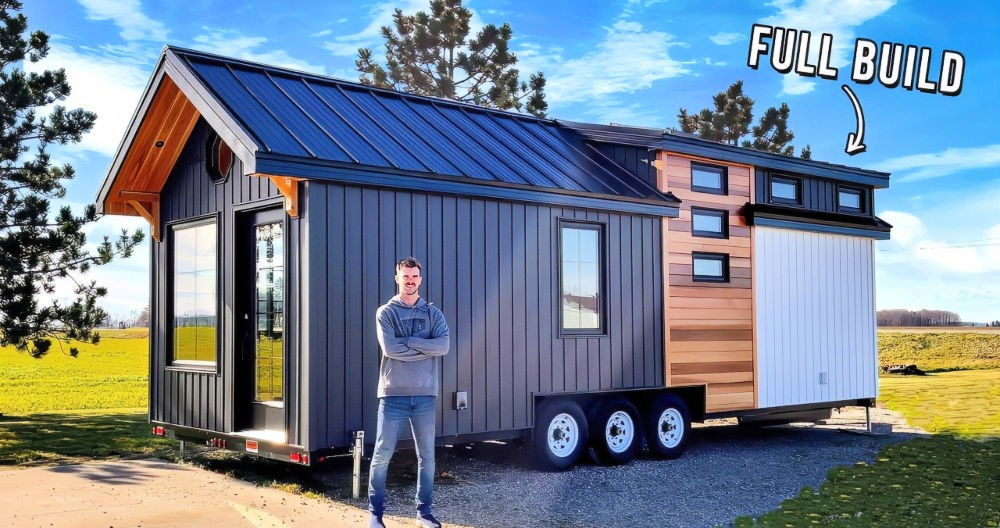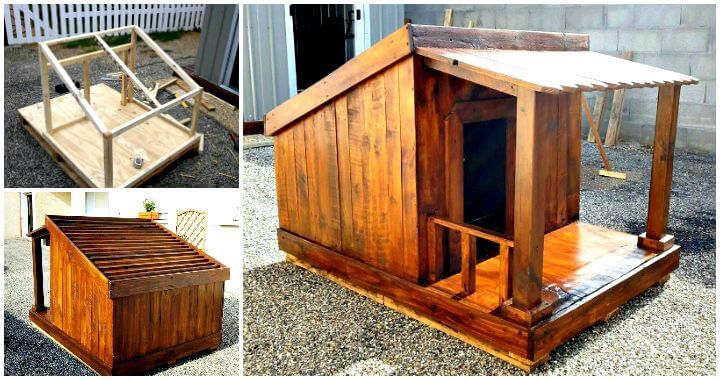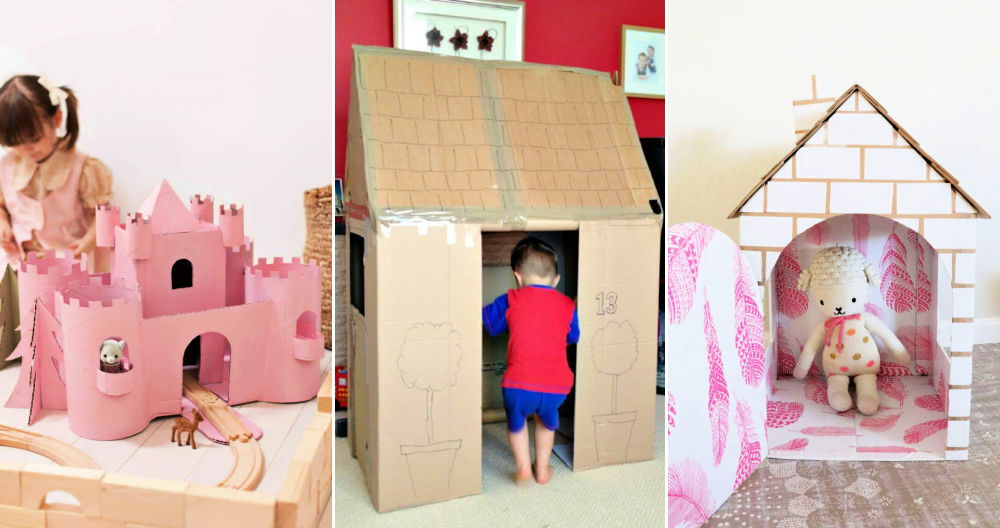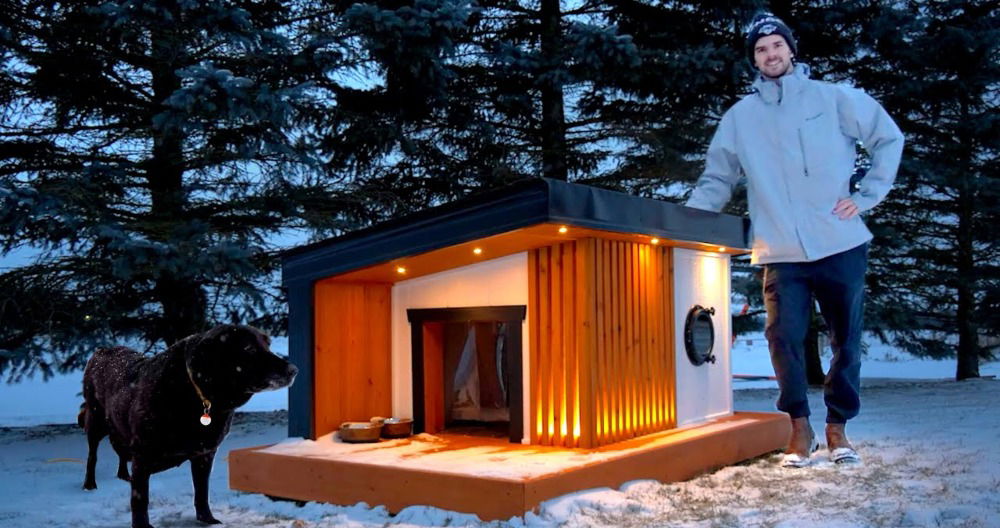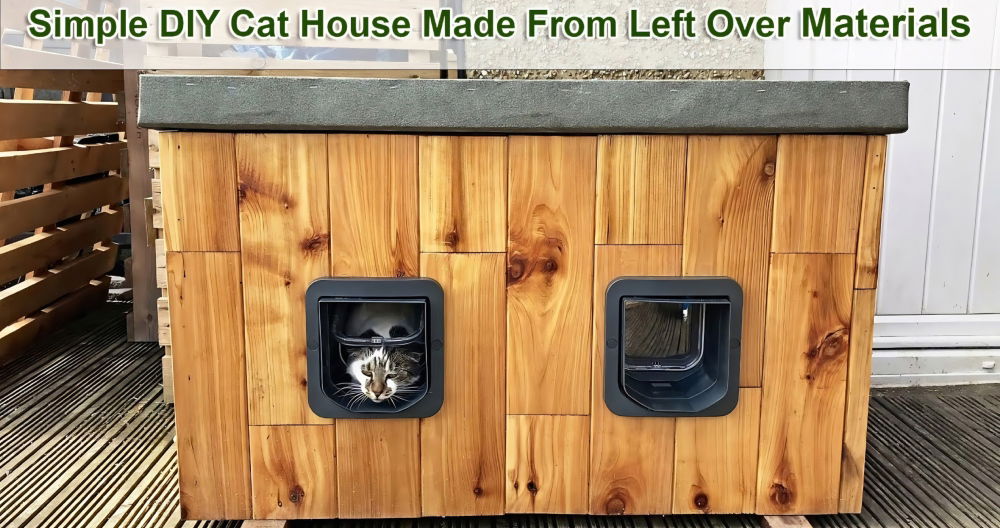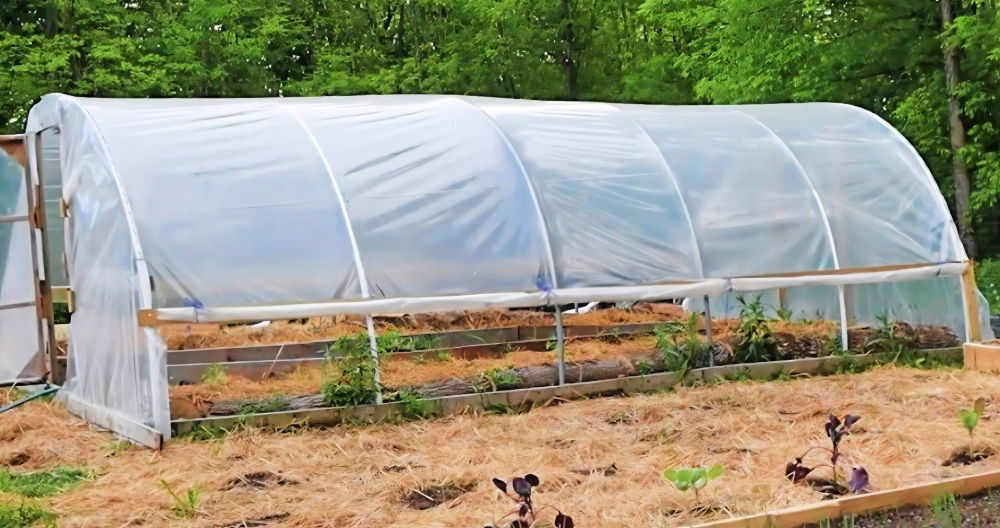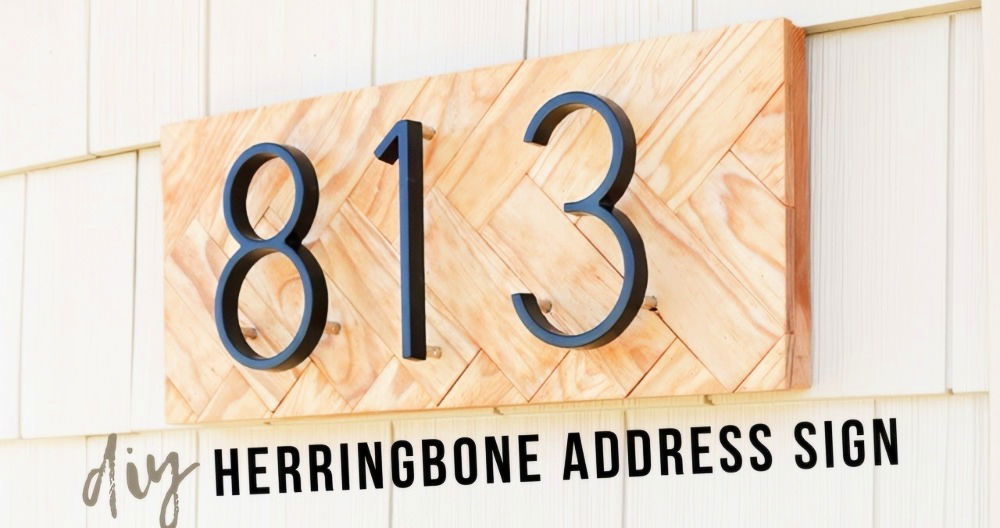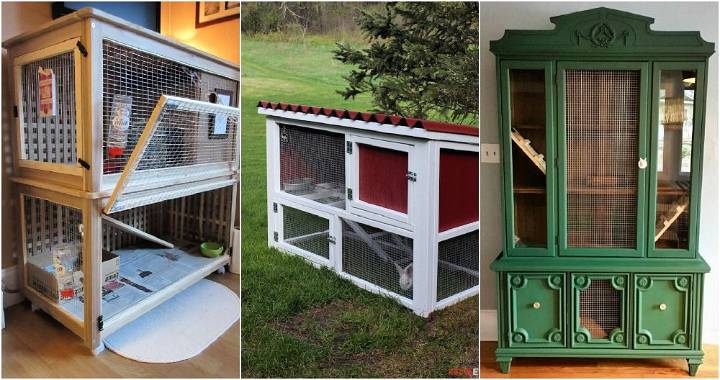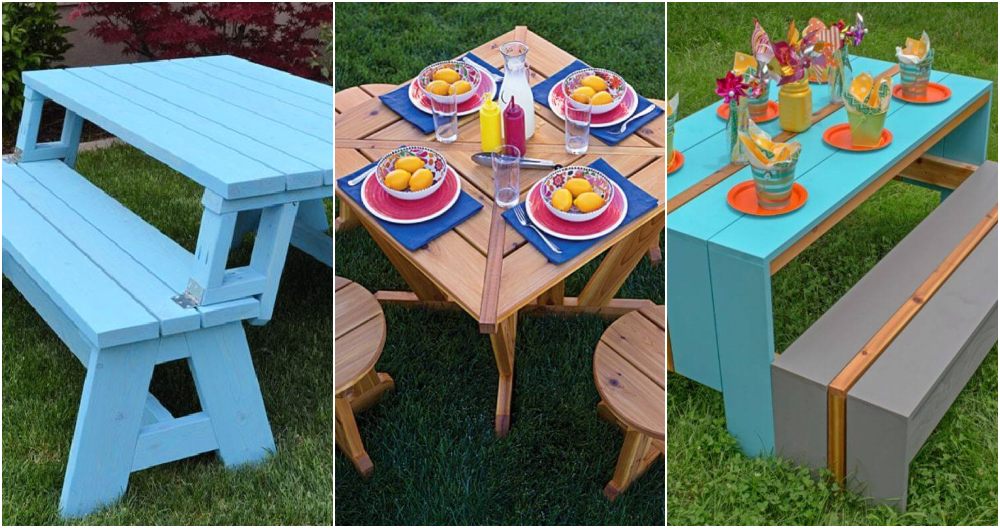Building a DIY bat house can be a fun and rewarding project. I recently took on the task of building a bat house in my backyard. At first, I thought it would be difficult, but I found some free plans and followed them step-by-step. The process was much simpler than I expected. I chose this project to help the environment by providing a safe place for bats.
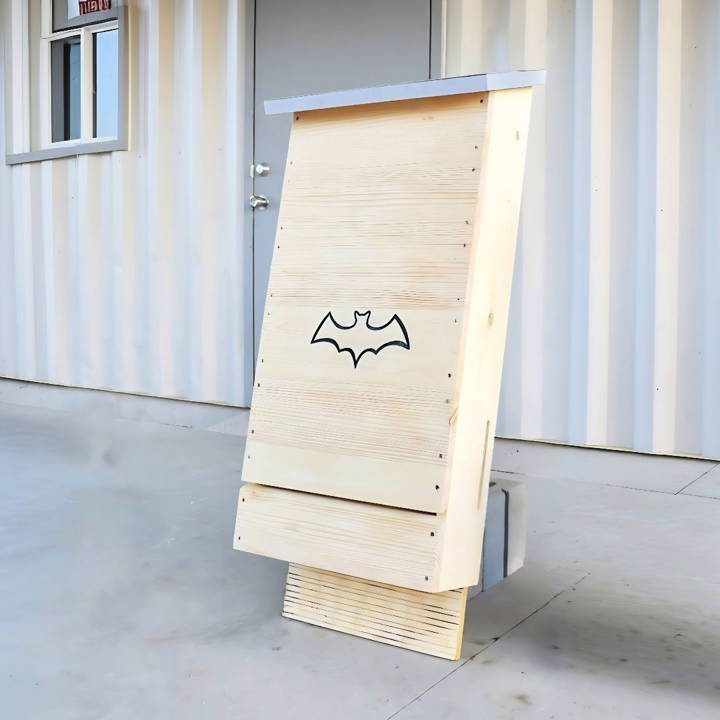
Following detailed bat house plans made the construction process smooth. First, I gathered materials like wood, nails, and a hammer. Using the free bat box plans, I marked and cut the wood pieces. Assembly was straightforward, and within a few hours, I had my very own bat house ready. I felt accomplished and knew I was making a small but impactful difference.
By sharing this, I'm helping you get started with building a bat house using free plans. This will provide a safe haven for bats and help control insect populations.
Understanding Bats and Their Habitat
Bats are remarkable creatures that have adapted to thrive in a variety of environments around the world. With over 1,400 species, they can be found on every continent except Antarctica. Bats play crucial roles in ecosystems as pollinators, seed dispersers, and insect controllers. To support these flying mammals, it's essential to understand their natural habitats and how we can replicate aspects of these environments in our bat houses.
Natural Habitats of Bats
Bats are versatile when it comes to their living spaces. They roost in locations that provide safety from predators and harsh weather. Here are some common natural habitats for bats:
- Caves and Mines: Many bats find shelter in the dark, undisturbed spaces of caves and abandoned mines. These locations offer stable temperatures and protection.
- Trees: Some bats prefer the seclusion of tree hollows or under loose bark. Trees not only provide shelter but also serve as food sources for fruit-eating bats.
- Buildings and Bridges: Bats often roost in man-made structures that mimic the conditions of natural roosts, such as attics, barns, and under bridges.
Building a Bat-Friendly Environment
When designing a bat house, aim to mimic these natural habitats:
- Dark and Warm: Bats need warmth for roosting, especially for raising their young. Ensure the bat house is painted a dark color and placed where it can absorb sunlight.
- Height: Install the bat house at least 15 feet above the ground to protect bats from predators and give them clear flight paths.
- Near Water: Bats need water for drinking and foraging. Placing a bat house near a water source can increase its attractiveness to bats.
Understanding bats' preferences and using them in your bat house design makes a welcoming space. A good bat house benefits bats and our environment. Let's provide safe homes for bats and enjoy their benefits.
Why Build a Bat House?
Before we dive into the building process, let's discuss why you might want to build a bat house. Bats play a crucial role in our ecosystem, primarily through pest control and pollination. By building a bat house, you're providing these tiny mammals a safe place to live, all the while benefiting from their natural pest control abilities (think less mosquitoes!)
Materials Needed:
- Plywood or Cedar Boards: We chose these for their durability and resistance to rot.
- Screws: For assembling the pieces together securely.
- Galvanized Sheet Metal (for the roof): To ensure the bat house is weather-resistant.
- Outdoor Paint or Stain: To protect it further from the elements and help the bat house blend in with your surroundings.
- Saw: For cutting the wood to the required dimensions.
- Drill: For making holes and driving screws.
- Sandpaper: To smooth out any rough edges.
Tools and Safety:
Safety is paramount. Ensure you have gloves to protect your hands, goggles for your eyes, and that children are supervised at all times, especially when using power tools.
Step by Step Instructions
Learn how to build a bat house with our step-by-step instructions on bat house plans, from cutting pieces to mounting the bat house effectively.
Step 1: Cutting the Pieces
Based on the plans we found from Bat Conservation International (batcon.org), we started by cutting out the back panel of the bat house. It's crucial to add shallow grooves in this panel to allow bats to climb up and roost inside. Next, we cut the side pieces and made sure to include a slanted roof to ensure water runoff. We also cut out the front panels and the roosting boards. Don't forget to drill small holes in the roosting boards to allow bats to move between chambers.
Step 2: Assembling the Bat House
First, attach the sides to the back panel using screws. This is where precision plays a key role, so take your time. Following this, we installed the roosting boards inside, spacing them out evenly using the smaller pieces of wood we cut. Remember, the spacing is vital for bats' comfort and safety. Lastly, we attached the front panels, sealing off the house but leaving the necessary gaps for entry and ventilation.
Step 3: Adding the Roof
For the roof, we chose a piece of galvanized sheet metal for durability. We measured and cut it to size, then attached it to the top of the bat house, ensuring it overhung slightly on all sides to prevent water from seeping in.
Step 4: Finishing Touches
To finish, we sanded down any rough spots to prevent injuring the bats. We opted to paint our bat house dark gray on the inside (to absorb heat and provide a cozy environment for the bats) and used linseed oil on the outside to preserve the natural wood look while protecting it from the elements. My daughter suggested we add a Batman logo for a personal touch, which we did.
Step 5: Mounting the Bat House
Mounting the bat house is crucial. It should be placed high (at least 12-15 feet off the ground), in a sunny location, and ideally near a water source. We decided on a stand alone structure made from steel angles, thanks to a personal connection, but a simple wooden post or the side of a building works just as well.
Placement and Installation Tips
Choosing the right location and correctly installing your bat house is crucial for attracting bats. Here are some tips to ensure your bat house is a welcoming home:
Selecting the Perfect Spot
- Sun Exposure: Bats love warmth, so place the bat house where it gets at least 6-8 hours of direct sunlight. The ideal orientation is facing southeast to absorb the morning sun.
- Avoid Trees: While bats live in trees, bat houses should not be placed on them. Branches can obstruct the entrance, and predators can easily access the house. Instead, mount it on a pole or building.
- Water Source: Bats need water, so install the bat house within a quarter mile of a stream, pond, or lake. This proximity to water also encourages insect activity, providing food for the bats.
Installation Essentials
- Height Matters: Your bat house should be at least 12-20 feet above the ground. This height protects bats from predators and gives them a clear approach path.
- Stability: Ensure the bat house is securely mounted to withstand wind and weather. It should not sway or tilt.
- Landing Area: Include a landing area below the entrance. This helps bats to easily land and crawl into the house.
After Installation
- Patience: It can take time for bats to discover and move into your bat house. Be patient and avoid disturbing the house once it's up.
- Check-ups: Inspect the bat house annually to ensure it's still secure and in good condition. Look for signs of occupancy like bat droppings below the house.
Following these tips will help bats choose your bat house as home. A well-placed, securely installed bat house benefits bats and helps your local ecosystem.
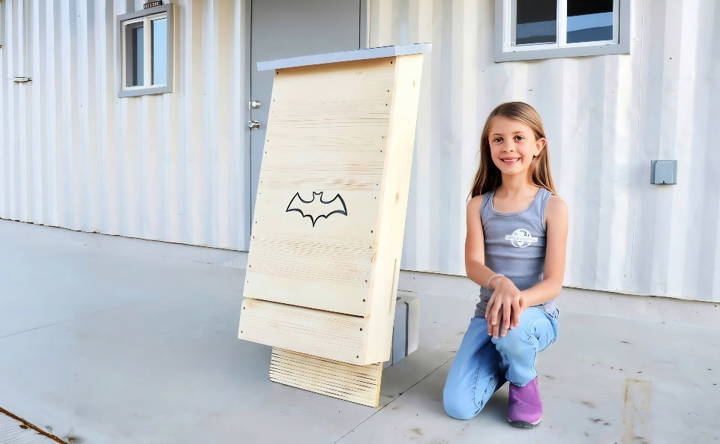
Troubleshooting Common Issues
When it comes to bat houses, even the most well-intentioned efforts can sometimes face challenges. Here's a guide to troubleshooting common issues that might arise with your bat house, ensuring that you can provide a safe and comfortable home for these beneficial creatures.
Bats Not Occupying the Bat House
- Check the Location: Your bat house should be in a sunny place with good exposure to sunlight and at least 15 feet off the ground.
- Give It Time: It can take up to two years for bats to start using a new bat house. Be patient and keep an eye out for signs of occupancy.
Difficulty in Attracting Bats
- Water Source: Ensure there's a body of water nearby, as bats are more likely to inhabit areas close to water sources.
- Avoid Pesticides: Chemicals can deter bats. Use natural pest control methods to maintain an environment that's safe for bats.
Maintaining the Right Temperature
- Proper Insulation: Make sure the bat house is built with proper insulation to maintain a stable internal temperature.
- Color Matters: The color of your bat house should be appropriate for your climate. Darker colors absorb more heat, which is beneficial in cooler regions.
Dealing with Predators
- Predator Guards: Install predator guards to prevent snakes, birds, and other animals from accessing the bat house.
- Regular Checks: Inspect the area around the bat house regularly to ensure that no predators can reach it.
Handling Guano (Bat Droppings)
- Safe Cleaning: Wear protective gear like gloves and a mask when cleaning guano to avoid inhaling any harmful spores.
- Regular Maintenance: Clean the area under the bat house regularly to prevent the accumulation of droppings.
Structural Issues
- Sturdy Construction: Ensure that the bat house is built from durable materials and is securely mounted to withstand weather conditions.
- Regular Inspections: Check the bat house periodically for any signs of wear and tear, and make repairs as needed.
Fixing common issues makes bat houses safer and more inviting, helping bats and benefiting your local ecosystem by attracting natural pest controllers.
Maintenance and Monitoring
Maintaining and monitoring your bat house is key to ensuring it remains a safe haven for bats. Here's a straightforward guide to help you keep your bat house in top condition:
Regular Inspections
- Annual Check: Once a year, inspect your bat house for any signs of wear or damage. Look for loose panels, cracks, or holes that may need repair.
- Stability: Make sure the bat house is still securely attached to its post or building. It should not wobble or tilt.
Cleaning and Upkeep
- Guano Removal: Bat droppings, known as guano, should be cleaned out when bats are not present, typically in the winter months.
- Insect Intruders: Clear out any wasp nests or insect infestations. This is best done during the colder seasons when insects are inactive.
Temperature Control
- Insulation Check: Ensure that the bat house has proper insulation to maintain a stable temperature suitable for bats.
- Color Adjustments: If you live in a cooler climate, consider painting the bat house a darker color to absorb more heat.
Monitoring Occupancy
- Spotlight Check: Use a spotlight to peek inside the bat house. This can help you determine if bats are using the space and how many are present.
- Activity Log: Keep a record of bat activity. Note any changes in the number of bats or their behavior.
Addressing Problems
- Repair Damage: If you find any damage, make repairs promptly to prevent further issues.
- Predator Deterrence: Install predator guards if necessary to keep bats safe from snakes and birds.
Following these steps ensures a durable, welcoming environment for bats, benefiting them and enriching your local ecosystem.
FAQs About DIY Bat House Plans
Discover essential FAQs about DIY bat house plans. Learn how to build, install, and maintain the perfect bat house for your garden or backyard.
Building a bat house is beneficial for both you and the bats. Bats play a crucial role in the ecosystem as natural pest controllers, eating thousands of insects each night. By providing a bat house, you encourage bats to stay in your area, which can help in managing pest populations and supporting bat conservation efforts.
A successful bat house should be at least two feet tall, 14 or more inches wide, and open at the bottom to prevent guano buildup and parasites. Multi-chambered houses are preferred as they allow bats to regulate their temperature better, which is crucial for their survival and comfort.
To attract bats to your bat house, install it near a water source and in a location that receives minimal direct sunlight. It should be mounted at least 15 feet above the ground to ensure it's easily accessible to bats. Additionally, the bat house should have an unfinished interior to provide a surface that bats can cling to.
You can build a bat house using simple materials like plywood, cedar fencing, and cedar boards. The interior should be grooved or textured to allow bats to grip and hang comfortably. There are free plans available that provide step-by-step instructions for building single-chamber and multi-chamber bat houses.
Absolutely! Building a bat house can be a fun and educational activity for children. There are plans available that include learning activities about bats, which can help kids understand the importance of bats and their habitats while they help build the bat house.
Conclusion:
Tackling your own DIY bat house project can be an enriching experience. With free plans available, the process is straightforward. Give it a try, and enjoy the satisfaction of aiding nature!


